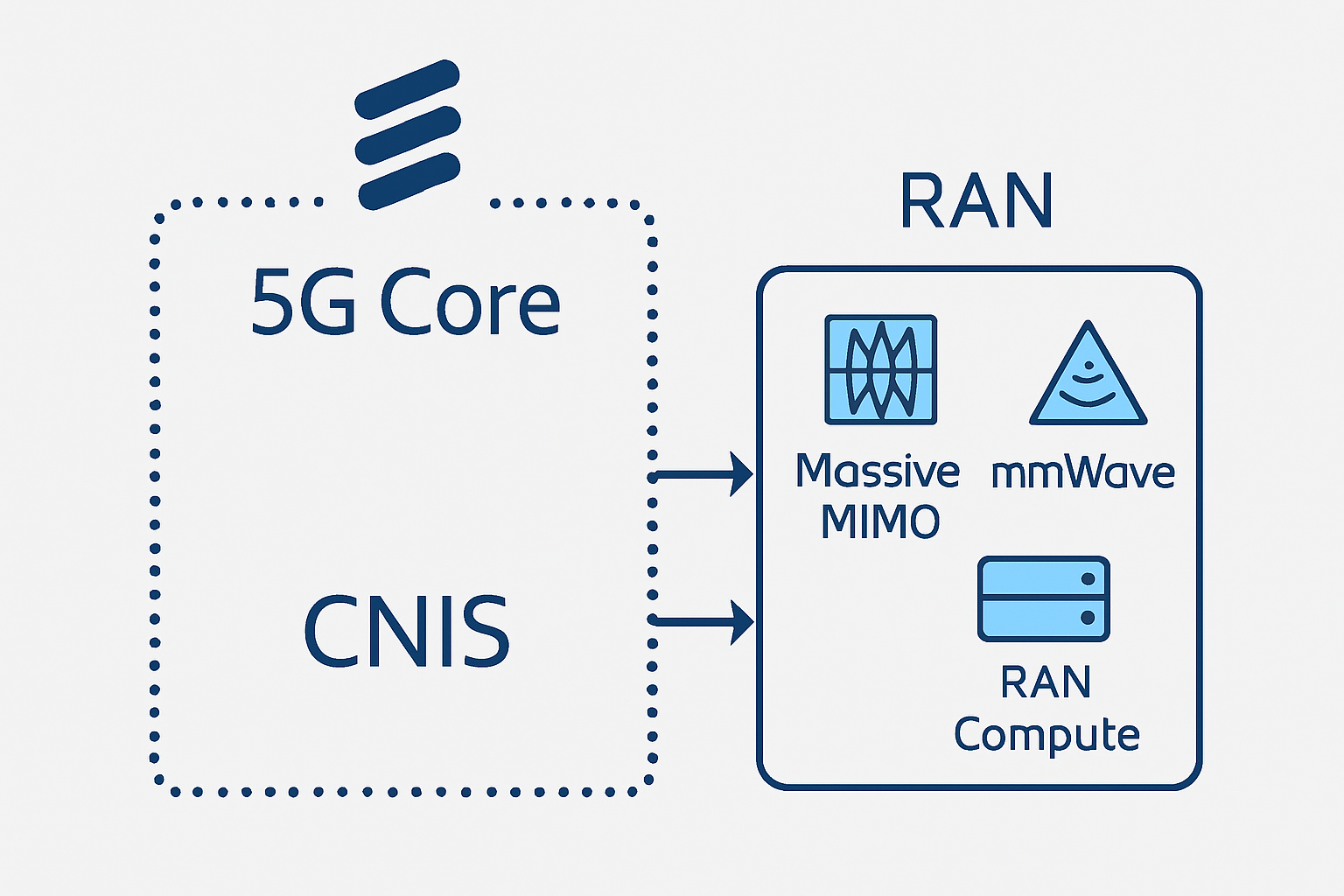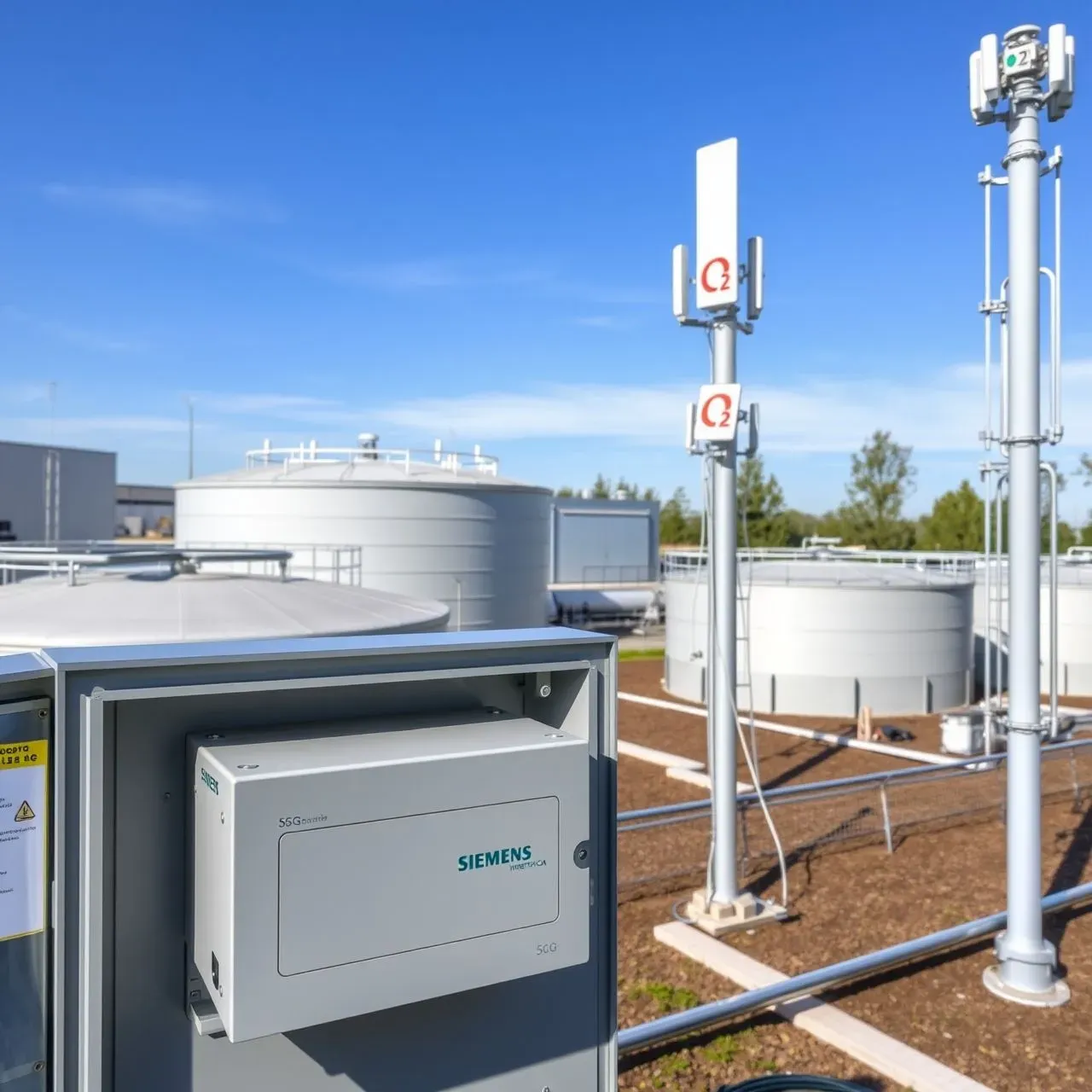In a landmark move for the region, Liberty Latin America and Ericsson activated the first-ever 5G Standalone (5G SA) mobile network in Costa Rica, extending its significance across Central America.
The six-year agreement establishes a fully native 5G infrastructure that operates independently from 4G systems, set to provide superior performance in speed, latency, and reliability for mobile broadband users. The network encompasses more than 1,400 sites across the country, serving approximately 3.7 million subscribers.
Ericsson and Liberty Launch Central America's First 5G Standalone Network in Costa Rica

Ericsson and Liberty Latin America have activated Costa Rica's - and Central America's - first fully native 5G Standalone (5G SA) mobile network. The six-year rollout spans over 1,400 sites and will benefit 3.7 million subscribers across diverse sectors.
First 5G SA Network in Central America
Advertisement
Advanced Ericsson RAN and Core Technologies
The deployment features Ericsson's next-generation Radio Access Network (RAN) and dual-mode 5G Core solution, utilizing technologies such as the Massive MIMO TDD AIR 3255, mmWave AIR 5322, Radio 4432, and the AI-enabled RAN Processor 6655.
These systems operate across 700 MHz, 3.5 GHz, and 26 GHz bands and run on Ericsson Cloud Native Infrastructure (CNIS). This design supports seamless scalability to accommodate growing IoT demands, enhanced mobile broadband, and use cases that require low latency.
Transformative Impact on Key Sectors
The new 5G SA network is poised to drive digital transformation across critical sectors including healthcare, agriculture, tourism, manufacturing, and ports by enabling real-time data processing, automation, and reliable connectivity.
Additionally, this infrastructure will improve Fixed Wireless Access (FWA), especially in underserved areas where fiber or cable infrastructure is lacking, ensuring high-speed internet availability.
Security, Programmability, and Economic Potential
Security remains a central theme-Ericsson's comprehensive approach spans standardization, product development, deployment, and operations to ensure network reliability. The standalone architecture enables programmable capabilities like network slicing, AI integration, and API-driven services.
Ericsson cites a joint study with Analysys Mason estimating 5G's potential to boost GDP in emerging markets by 0.3-0.46% by 2035, highlighting the broader economic benefits of the rollout.






